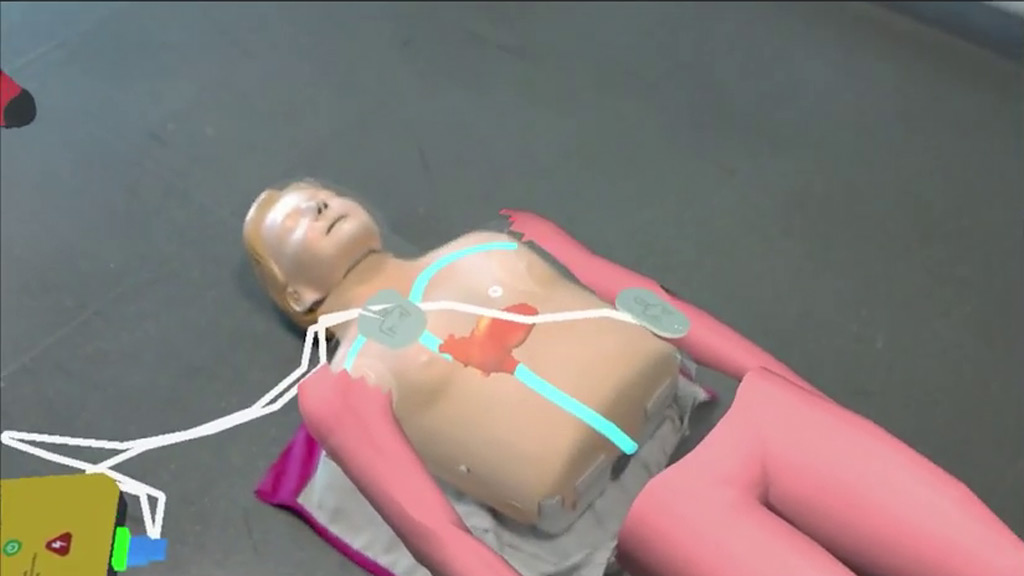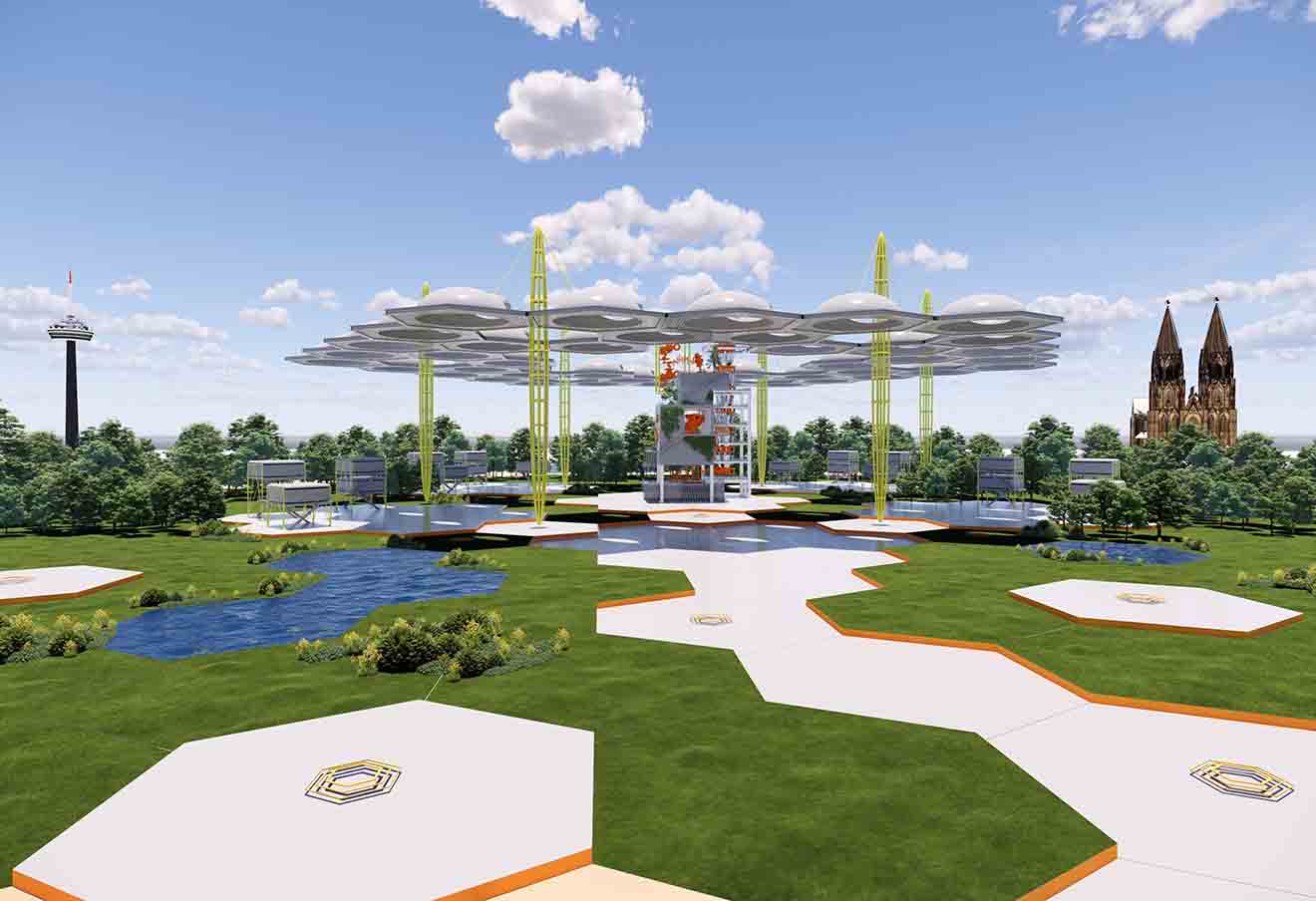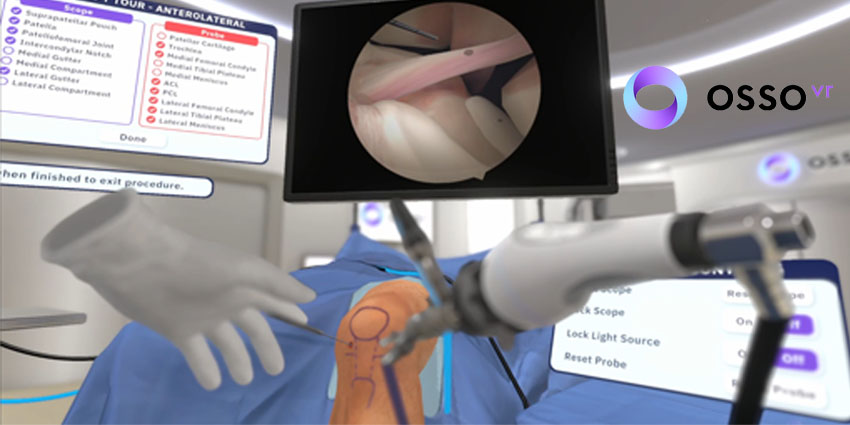When I was at the Polytechnic of Turin, I already had a strong passion for multimedia technologies, and since VR was still a dream at that time, my first passions were the two technologies that are its foundations, that is computer graphics and computer vision. My teacher of computer vision, that later on would have become my thesis supervisor, was professor Andrea Bottino, a young but already very talented professor.
Fast forward more than 10 years, Andrea and I are still in touch, and sometimes we collaborate on AR/VR projects (once I also did a lesson to his students!), or just meet and talk about immersive realities. He started working in the field many years before me, and he has seen all the transition from old-school VR to the modern devices kickstarted by Palmer Luckey, and so has a great knowledge on immersive realities and many other related technologies.
One of the projects on which I collaborated with him is Holo-BLSD, a training solution aimed at teaching everyone how to behave when someone has a stroke in front of us. I collaborated with Prof. Bottino and his team (among which I highlight the amazing Francesco Strada, Ph.D.) in the early stages of the project, that has been in these years carried on by them, that have transformed a POC into a complete product. Since I think that this is an amazing application that can be useful to many in the healthcare field, I decided to interview Andrea, and let him explain to you what it is about, and how his team has developed this experience. I’m sure you’ll find all of this interesting.
First of all, thank you very much for having me here. It is a real pleasure for me to be interviewed for your blog. So, coming back to your question, I am an associate professor of the Computer and Control Engineering department at the Politecnico di Torino, where I am heading the Computer Graphics and Vision research group. Our primary research areas are Computer Graphics and Mixed Reality and our works span different topics like MR for serious games, human-computer interaction, usability in MR, virtual heritage, and so on. The other main activities of our group are related to machine learning and computer vision. And when I started working as a researcher, my main interests were in computational geometry, which I think is a bit too far away from the interests of your readers…
I know that your team has created a tool called Holo-BLSD. Can you tell us a bit more about it?
Holo-BLSD is a self-learning tool in AR. BLSD stands for Basic Life Support and Defibrillation and defines how to manage the first response emergency in case of people affected by cardiac arrest, drowning, or suffocation. These procedures include cardiopulmonary resuscitation (CPR) and the use of an automated defibrillator (AED). They are easy to learn and do not require any specific medical knowledge.
The problem is that, despite the availability of public access AED in our cities, when there is no medical personnel in the proximity of the accident, only a minority of arrest victims receive bystander assistance because of their fear or inability to perform the emergency procedures. So, increasing the percentage of the population capable of delivering proficient CPR in an emergency can help save lives.
Currently, the gold standard for BLSD learning is instructor-led courses. However, they are time-consuming, and they are costly because you have to pay the experts and rent a room for the lectures, and learners have to travel to the course location and spend a whole day there. A self-instruction tool can solve many of these problems if it is indeed effective in achieving the same learning outcomes of a traditional course. If we can create such a tool, we can increase the number of trained people in a cost and time-effective manner. And this is what inspired us in developing Holo-BLSD.
Quelle:
https://skarredghost-com.cdn.ampproject.org/c/s/skarredghost.com/2020/04/18/holo-blsd-ar-training-first-aid/amp/




